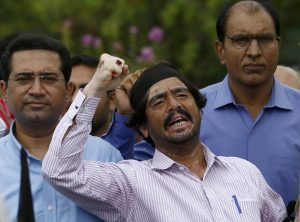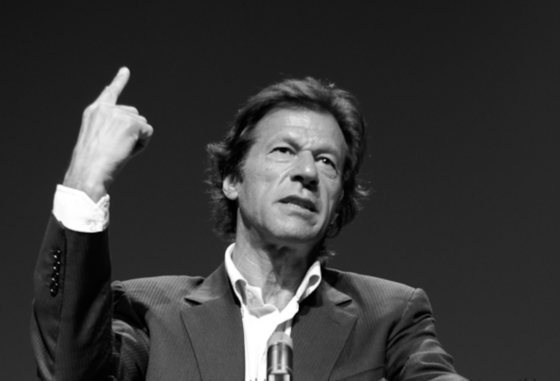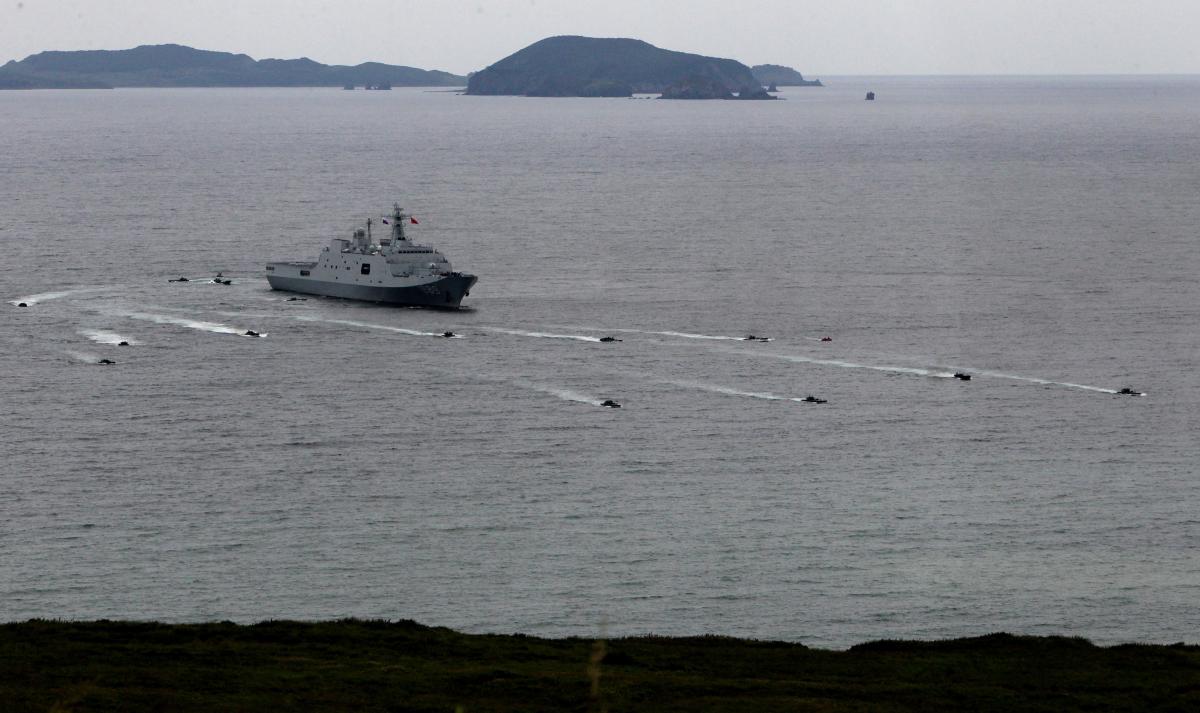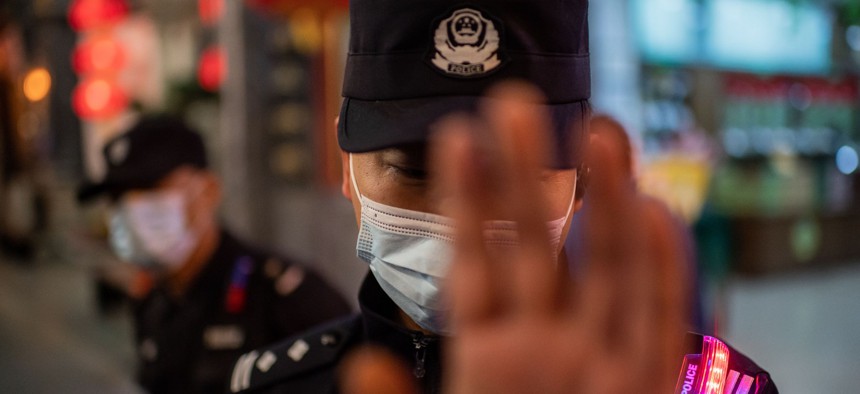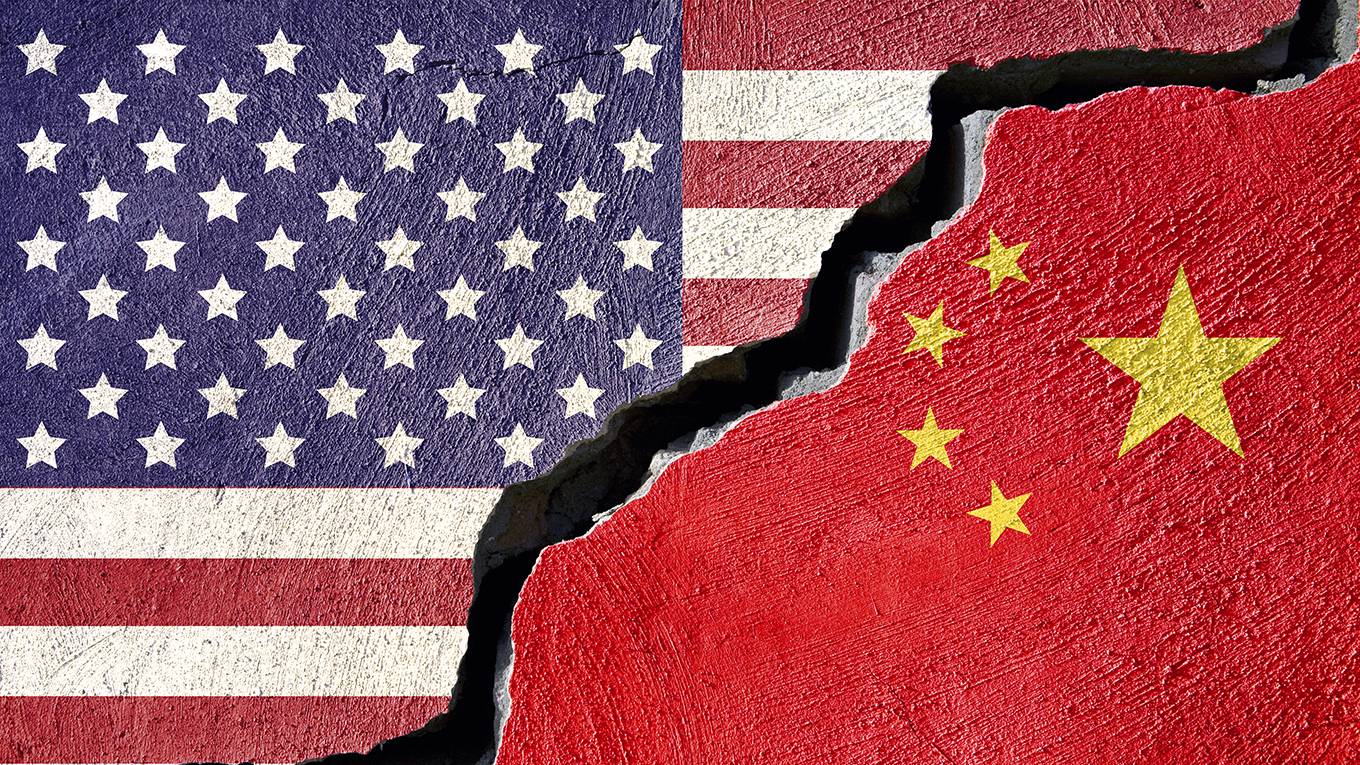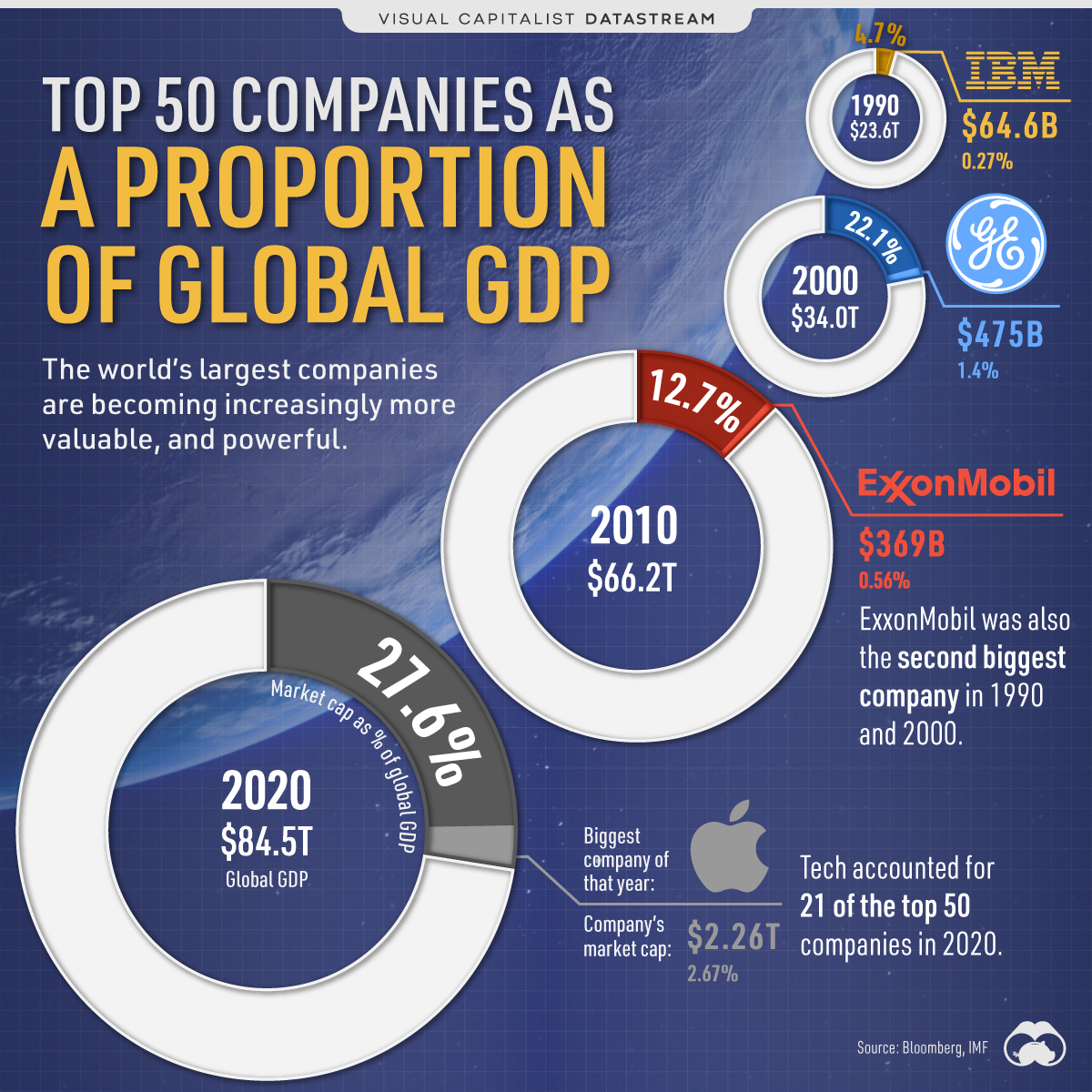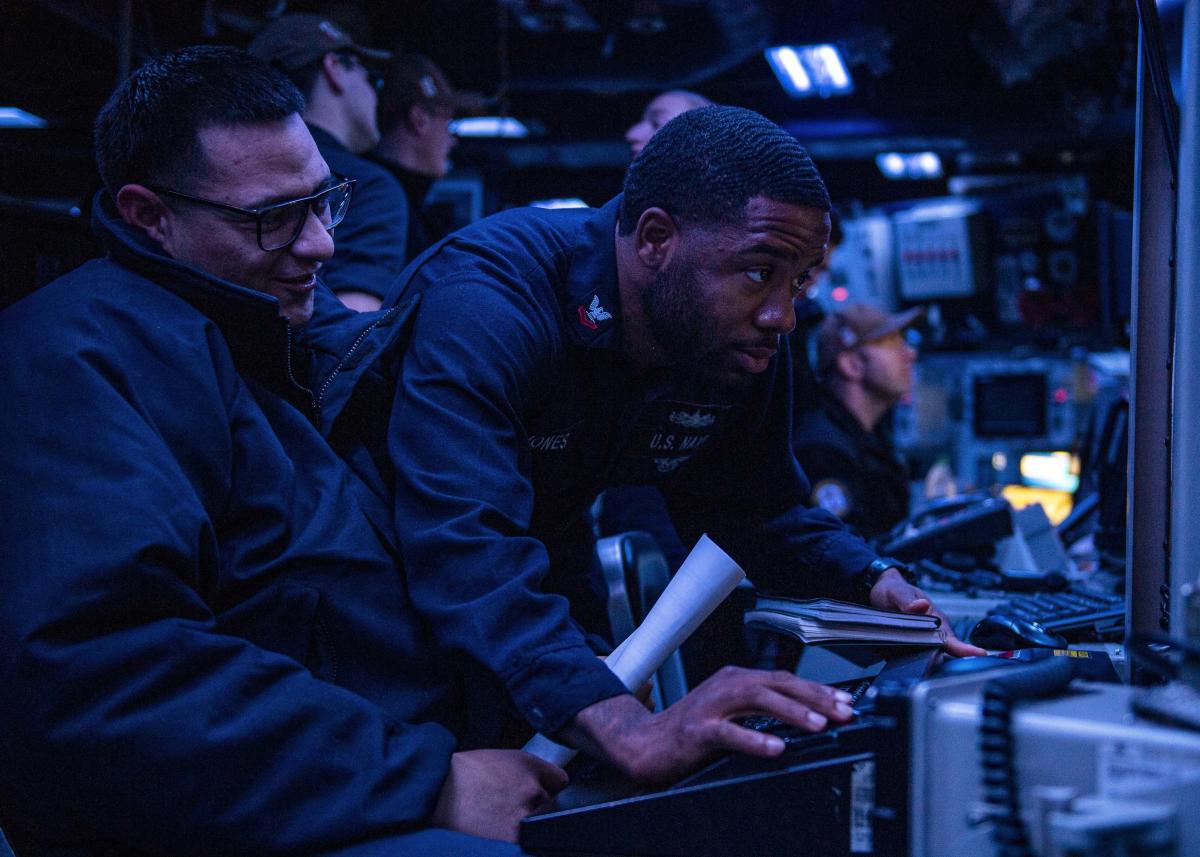Lynne O’Donnell
BAMIYAN, Afghanistan—The fight back against a vicious Taliban advance appears to be taking hold in the country’s remote central highlands, where armed residents have joined security forces to defend themselves and their property against insurgent assaults.
Most of the early successes in resisting and repelling the insurgents have been in districts in the region known as Hazarajat, the part of Afghanistan to the west and southwest of Kabul where the minority Hazara people predominate, including Bamiyan province. Bamiyan is known for the 1,500-year-old Buddha statues that were destroyed by the Taliban months before the 9/11 attacks and subsequent U.S. invasion. Districts taken over by Taliban fighters in the neighboring provinces of Ghor, Samangan, Daikundi, and Ghazni have been returned to government control in the past week, said Bamiyan’s provincial governor, Mohammad Tahir Zohair. Two districts in Bamiyan—Saighan and Kahmard—have also been retaken, he said.
A cooperative effort by police and local militias has pushed back the insurgents more than 60 miles from the districts around Bamiyan city, the provincial capital, according to Zohair and militia and police leaders on the front lines. The wins could provide a much-needed morale boost at a crucial time in the battle to turn back a Taliban tsunami that has traumatized the country. In recent months, the insurgents have overrun districts and border points, surrounded cities, disrupted fuel and food supplies, cut off military logistical support, and forced numerous Afghan army and police units into retreat and surrender.





